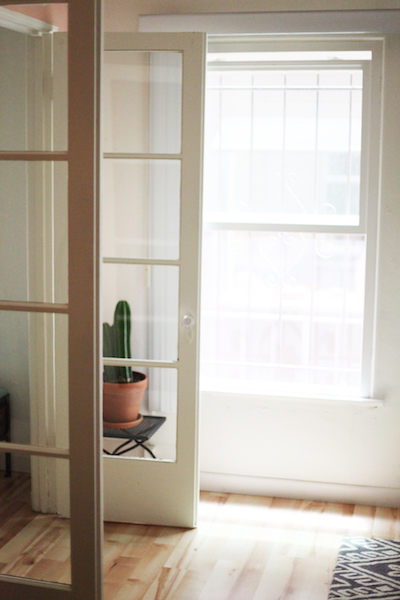If you are new to the issue of toxic chemicals in consumer products, it can be an overwhelming topic. Where do you start and is it possible to fully protect yourself by simply purchasing different products?
The good news is there are some concrete ways you can reduce your exposure to toxic chemicals in your home. Here are the five places I try to focus my energy to reduce my exposures to toxic chemicals.

1- Reduce or stop eating canned food
It may be convenient, but canned food is our largest source of the toxic chemical bisphenol A (BPA). I led the campaign in Minnesota to be the first state to ban this toxic chemical in children’s products (many have followed suit). Protecting babies from BPA bottles is important, but our biggest exposure is through canned food. In a study from the Breast Cancer Fund, they found that eliminating canned and packaged food reduced BPA levels by 60%, in only three days. The good news is frozen vegetables or dried beans are cheap and maintain their nutritional value.
2- Chose safer cleaners
Household cleaners can contain a host of toxic chemicals. White vinegar is much cheaper than cleaners you can buy at the store and effectively kills bacteria and viruses. For some great recipes for making your own home cleaners check out Women’s Voices for the Earth website. And for my personal recommendations of safer cleaners, click HERE.
3- Take off your shoes at the door
It seems silly, I know, how many chemicals can you actually be tracking into your home through your shoes? According to experts in the field, a significant amount. This simple step can help keep your home clean and a bit safer. One of the best tips to reduce toxic chemical exposure in your home is to dust frequently and vacuum with a HEPA filter. Check out more ways to improve your indoor air quality here. A clean house looks good and is good for your health.
4- Drink filtered tap water
The facts about the health and environmental effects of plastic bottled water has helped me prioritize drinking filtered tap water. Many people don’t know that bottled water (even the expensive fancy brands) is unregulated and often less clean than tap water. Using a simple carbon home water filtration system can save you money, reduce toxic plastic waste and filter out some of the known toxic chemicals commonly found in drinking water.
5- Skip the fragrance, cologne, perfume and scented lotions.
Many of the personal care products and fragrances we use on our body contain toxic chemicals. Fragrances are of particular concern since there is no public information available about which chemicals are used in which fragrances and many contain common allergens. (For a list of common allergens ingredients to avoid, click here.) In addition, many fragrances contain toxic chemicals like phthalates, which have been linked to a host of health effects like hormone-disruption and birth defects. Skip the scented lotions, perfume and ditch those scented plug-ins! Check out my favorite safer beauty products HERE.
Addressing toxic chemicals in our products, water and environment won’t be solved by simply buying different products. In addition to these steps we must push Congress, retailers and manufacturers to regulate and eliminate toxic chemicals.
You can join the movement asking Congress for strong laws on toxic chemicals here.
Join my email list and never miss a post!




Great tips, I hope everyone follows them!
Thanks Lauren!
you can test your belongings for flame retardants and heavy metals at berkeleypurehome.com.
Michael, how do you test for flame retardants? Is it by the presence of chlorine or bromine? I’m assuming you can’t test for specific flame retardants, yes?
thats correct. we screen for elements. chlorine and bromine indicate flame retardants. we can also pick up lead arsenic cadmium and antimony. our test is less specific than some lab tests but is much less expensive.
mc
michaelbcohn@gmail.com